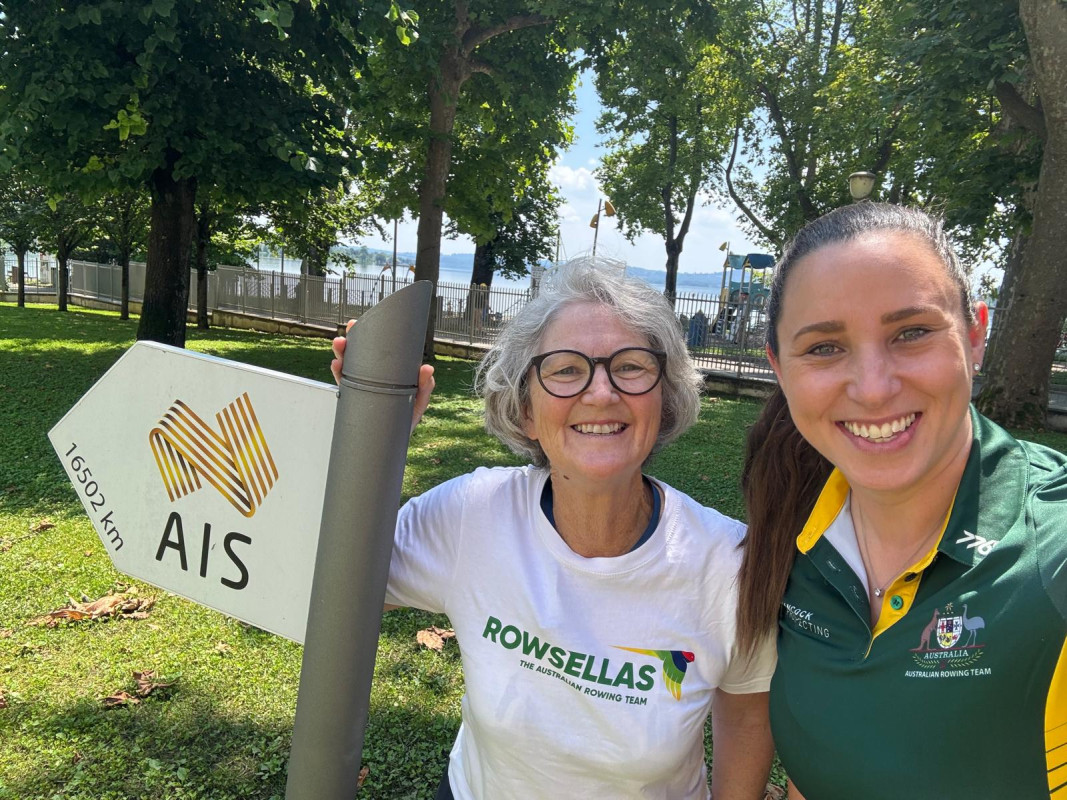
If you are like many people who have experienced pin point pain on the outside of your hip, the bursa is often to blame. This condition is called trochanteric bursitis and it is the result of inflammation of the bursa on the side of your hip bone.

If you are like many people who have experienced pin point pain on the outside of your hip, the bursa is often to blame. This condition is called trochanteric bursitis and it is the result of inflammation of the bursa on the side of your hip bone.

Weight loss is a multifaceted journey that involves a combination of healthy eating, regular physical activity, and behavioural changes. As dietitians, we often get asked about the role of weight loss medications in this process. While these medications can be beneficial for some individuals, it’s essential to understand their role, effectiveness, and potential side effects.

Earlier this month I was lucky enough to head to the Australian Institute of Sports’ European Training Centre (AIS ETC) in Gavirate, Italy to work with the Australian Rowing team in the lead up to the Olympic Games.

Menopause is a natural transition that marks the end of a woman’s reproductive years, but it’s also a time of significant hormonal changes that can impact overall health and well-being. This blog shares insights, tips, and strategies to help navigate menopause with confidence and vitality through the power of nutrition.

Thumb pain can be a frustrating and limiting condition, especially when it affects everyday activities like gripping, writing, or even simple tasks like buttoning a shirt. One common cause of thumb pain is Carpometacarpal Osteoarthritis (CMCOA), a degenerative joint disease that affects the base of the thumb. Let’s explore what CMCOA is, its symptoms, and how it can be managed.
Carpometacarpal Osteoarthritis (CMCOA), also known as basal joint arthritis, is a form of osteoarthritis that affects the joint at the base of the thumb where it meets the wrist. This joint, called the carpometacarpal (CMC) joint, is crucial for thumb movement and dexterity.
The exact cause of CMCOA is not fully understood, but several factors may contribute to its development. These include age-related wear and tear, genetic predisposition, joint instability, and repetitive use or overuse of the thumb.
Individuals with CMCOA may experience a range of symptoms, including:
While CMCOA is a chronic condition that cannot be cured, there are several treatment options available to manage symptoms and improve function:
CMCOA can significantly impact hand function and quality of life, but with proper management and treatment, individuals can find relief from symptoms and maintain functionality. Early diagnosis and intervention are key to preventing further joint damage and preserving thumb function.
If you’re experiencing persistent thumb pain or other symptoms suggestive of CMCOA, one of our experienced hand therapists can help you obtain an accurate diagnosis and create a personalised treatment plan. With the right approach, you can effectively manage CMCOA and continue to engage in activities that bring joy and fulfillment to your life.